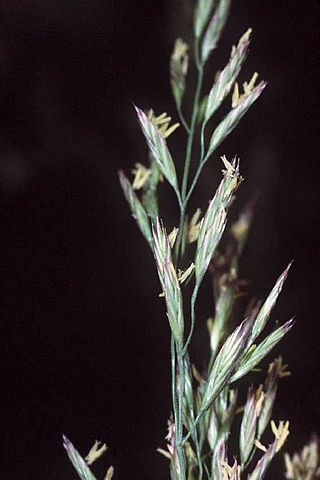Fescue grasses, which include various cool-season and warm-season varieties, offer numerous benefits for sustainable landscaping practices. Whether you’re planning a residential lawn or a larger landscape project, fescue grasses can contribute to environmental conservation, water efficiency, and overall sustainability. Here are some of the key benefits of using fescue grass for sustainable landscaping:
Drought Tolerance:
Fescue grass varieties, particularly those classified as fine fescues (e.g., creeping red fescue, chewings fescue, and hard fescue), exhibit good drought tolerance. Their deep root systems help them access moisture from deeper soil layers, reducing the need for frequent watering. This characteristic is especially valuable in regions with water scarcity or water conservation regulations.
Reduced Water Usage:
Fescue grasses generally require less irrigation compared to warm-season grasses like Bermuda grass or Kentucky bluegrass. By choosing drought-tolerant fescue varieties, you can significantly reduce water consumption in your landscape, contributing to water conservation efforts.
Low Maintenance:
Fescue grasses are known for their relatively low maintenance requirements. They typically grow at a moderate pace, reducing the frequency of mowing and the need for excessive fertilization. This not only saves time and effort but also reduces the environmental impact of lawn care practices.
Shade Tolerance:
Many fescue grass varieties, such as fine fescues, have good shade tolerance. They can thrive in areas with partial shade or filtered sunlight, making them suitable for landscapes with trees or structures that cast shadows.
Erosion Control:
Fescue grasses, especially tall fescue, have deep root systems that help stabilize soil and prevent erosion. Planting fescue in areas prone to erosion can mitigate soil loss and protect water quality by reducing sediment runoff.
Cold Tolerance:
Cool-season fescue grasses, such as Kentucky bluegrass and tall fescue, exhibit good cold tolerance. They remain green and active during cooler seasons, providing year-round greenery in temperate climates.
Carbon Sequestration:
Like all grasses, fescue grasses contribute to carbon sequestration, helping to mitigate climate change by capturing and storing carbon dioxide from the atmosphere in their roots and soil.
Wildlife Habitat:
Fescue grasses can provide habitat and food sources for beneficial wildlife, such as birds and insects. Native fescue varieties can support local ecosystems and biodiversity.
Versatility:
Fescue grasses come in various types, allowing you to select the variety that best suits your specific landscape and climate conditions. You can create a fescue lawn or incorporate fescue into mixed grass seed blends.
Reduced Pesticide Use:
Fescue grasses are generally less susceptible to pests and diseases compared to some other grass species, reducing the need for chemical pesticides and herbicides.
Sustainable Landscaping Practices:
Incorporating fescue grass into your landscaping plans aligns with sustainable landscaping principles, emphasizing water conservation, reduced chemical use, and soil health.
When considering fescue grass for your landscape, it’s important to choose the right variety based on your region’s climate, soil type, and sunlight conditions. Additionally, proper lawn care practices, such as mowing at the correct height and providing adequate nutrition, will help maximize the sustainability and attractiveness of your fescue lawn or landscape.










